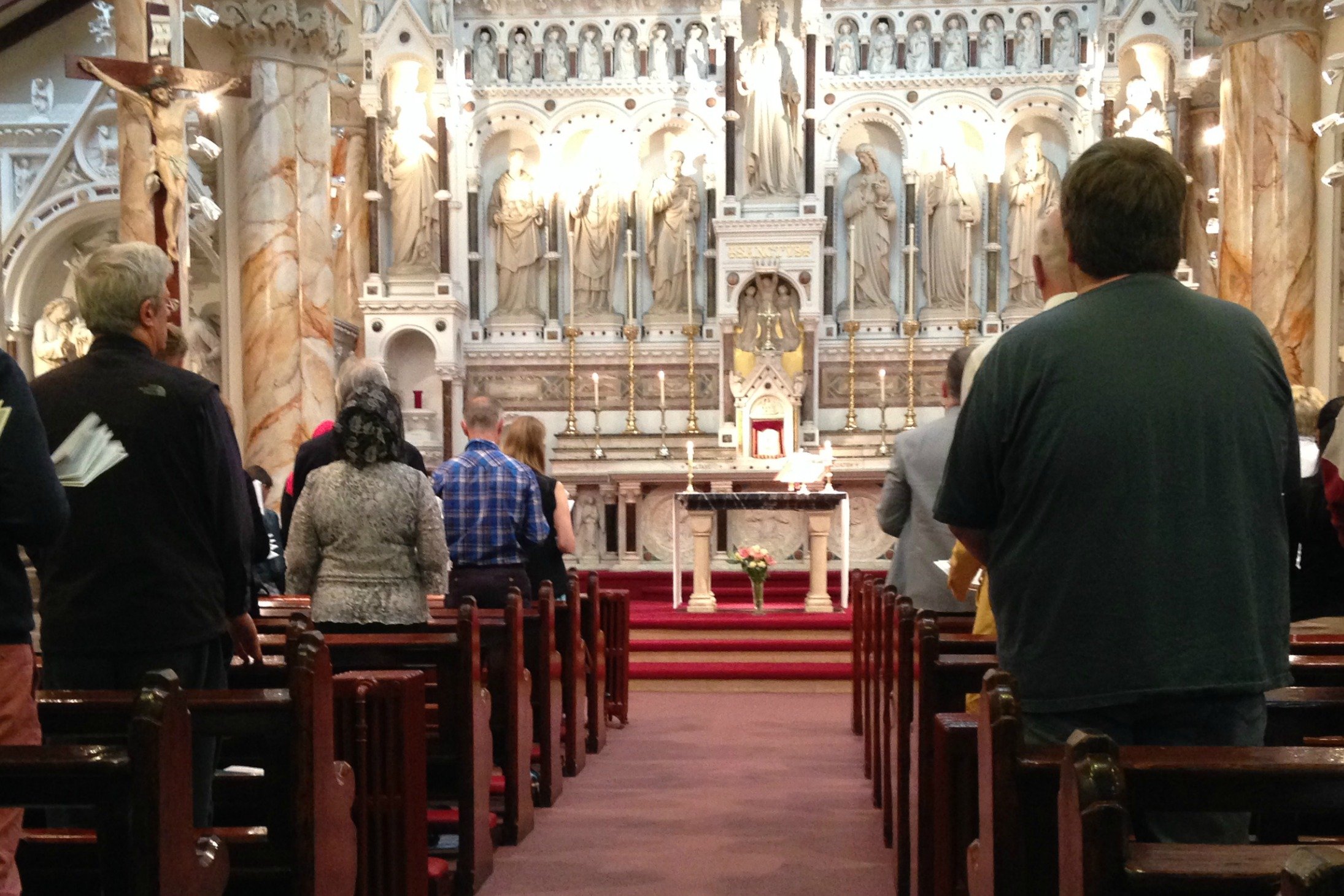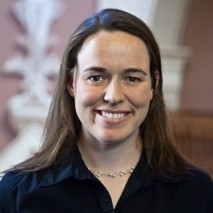Previously in this series: A Theology of Liturgical Evangelization, Part 1
Liturgical evangelization (or “evangelistic liturgy”) as a single term combining the two actions of the Church in communion with Trinitarian love conveys an objective reality. Yet, objective doesn’t mean automatic. It’s possible to attend Mass and be impeccably attentive—yet not do liturgy. It’s possible to transmit content of the faith—yet not evangelize.
Our free will and response are essential for liturgical evangelization to occur (otherwise it’s simply the reality of Trinitarian love—no human participation required). As Fr. Louis Bouyer, CO, explained, there is a “fundamental necessity of the objective element in the liturgy,” but this objective element “has no end in itself apart from the formal, and therefore subjective, response of the faithful.”[1] Or, as David Fagerberg describes, it is possible to do liturgy in such a way that “no one is provoked to furrow their brow and wonder what has happened.” Without a subjective response—without wondering what happened?—liturgy is experienced narrowly, without its inherent evangelistic scope. It’s not true liturgical evangelization.
To embrace liturgical evangelization, we need to increase our comfort level and openness to even mentioning this subjective response, the presence (or lack) of a “what happened?!?” experience. Sometimes any mention of the subjective response is met by a knee-jerk reaction defending the objective realities of liturgy, thus creating a false dichotomy between the two. To be aware of the essentiality of response in liturgical evangelization is not to reduce the objective realities, but in fact to demonstrate through our expectations how real, how true our objective claims of faith are. To say, yes, I believe in the objective reality of Trinitarian love made present for our participation in the liturgy so much that I notice with great concern when there doesn’t seem to be much subjective response, when the impact doesn’t match the theology. As Fr. James Mallon remarks, “If I can go to a sports event or a concert and say ‘wow,’ why shouldn’t this utterance be genuinely on the lips of those who have been sent from Church to ‘glorify the Lord with their lives?’ and why should we not view intentionality to cultivate these experiences of liturgical evangelization as something positive?”[2]
Increasing our comfort in speaking openly of the subjective response must not devolve into criticism of those yearning for evangelizing liturgy. The response to the honest person who shares with us, “I don’t go to Mass because I just don’t get anything out of it,” is not “You’re not supposed to get anything out of it!” The person who wants to “get something out of Mass” is speaking in theologically imprecise language, yet expressing a truth—something is supposed to happen at liturgy and that something is supposed to involve us.
With a genuine openness to naming the subjective response to the liturgy as a vital element of authentic liturgical evangelization, we can observe lots of liturg-izing and lots of evangelizing (in both Catholic and wider Christian contexts) that aren’t the unified fullness of “liturgical evangelization.” The practical, open-ended questions of liturgical evangelization become: What does it take for more people to ask, “What happened?” “What’s happening with me?” and “What’s happening to us?”
In other words, what is our role in cultivating conditions for response? How to reach a place where, more often than presently, people just like my friends and family notice that something happened to them, to us? We must pursue a vision of disciplines that unleash liturgical evangelization, while avoiding the temptations and distractions that have crept into many of our potentially fruitful conversations. In this Part 2, I’ll explore unleashing the liturgy to its full breadth and depth.
Aidan Kavanagh, OSB, describes liturgy in the first millennia in these ways: preaching occurring at almost any point in the services; series of sermons during a day; worship events moving through and across a city; and hearers weeping, cheering, pounding their breasts, and applauding.[3] In summary, the full liturgy, “was not designed primarily for parochial needs, nor does it appear to have catered to congregations”; rather, it was “the Church manifested in its deepest nature in the human civitas as the presence, the embodiment in the world of the World to come, of the Kingdom, of the new and final age.[4] This liturgy “would have had an unavoidable evangelical function.”[5]
Now this is not an argument for particular interpretations of rubrics, décor, or “thin” aspects of liturgy based on Kavanagh’s description. What I’d like us to consider is the intersection with the world he’s describing. We cannot expect the unevangelized, unchurched, and those without any interest or curiosity in the things of God to wonder “what happened?” in response to liturgy if liturgy isn’t seen and experienced. Liturgical evangelization calls us to unleash liturgy on the world by examining the ways in which we presently contain liturgy. The ways we domesticate it through minimalism and conformity to the world’s expectations. The ways we create barriers by expecting the unevangelized to care without offering an example of why they should. The way we hide our own subjective experiences during liturgy from those around us, preventing the social, communal swell of a people transformed.
To state the obvious, the vast majority of people do not experience the liturgy because they are not in our sanctuaries on Sundays. And why should they be? Why should they care or be interested in something they have tasted outside of the bounds of a parish church? Now, some parts of the Mass are specifically for initiated believers—but liturgy is wider than the Eucharistic meal. Moreover, complaining about the baptized or non-baptized not attending Mass misses the mark. Instead, the burden is on us. For the liturgy to be unleashed to its true, inherent, and full evangelistic essence, it must be experienced by the unevangelized. Period. How this is done will vary from community to community (i.e. a Eucharistic “flash mob”, procession, Nightfever prayer services, Taizé prayer in a public park, “Encounter” preaching and worship, etc.), but no group of believers is exempt from the call to bring liturgy to and into the world.
Featured Photo: J.L. Wong; CC BY 2.0
![]()
[1] Louis Bouyer, CO, Liturgical Piety (Notre Dame: University of Notre Dame Press, 1955), 35. Referencing Mediator Dei.
[2] James Mallon, Divine Renovation: Bringing Your Parish from Maintenance to Mission (Toronto: Novalis Publishing, Inc., 2014), 95–98.
[3] Aidan Kavanagh, OSB, On Liturgical Theology (Collegeville: The Liturgical Press (Pueblo), 1984), 57.
[4] Ibid.
[5] Ibid., 60.



